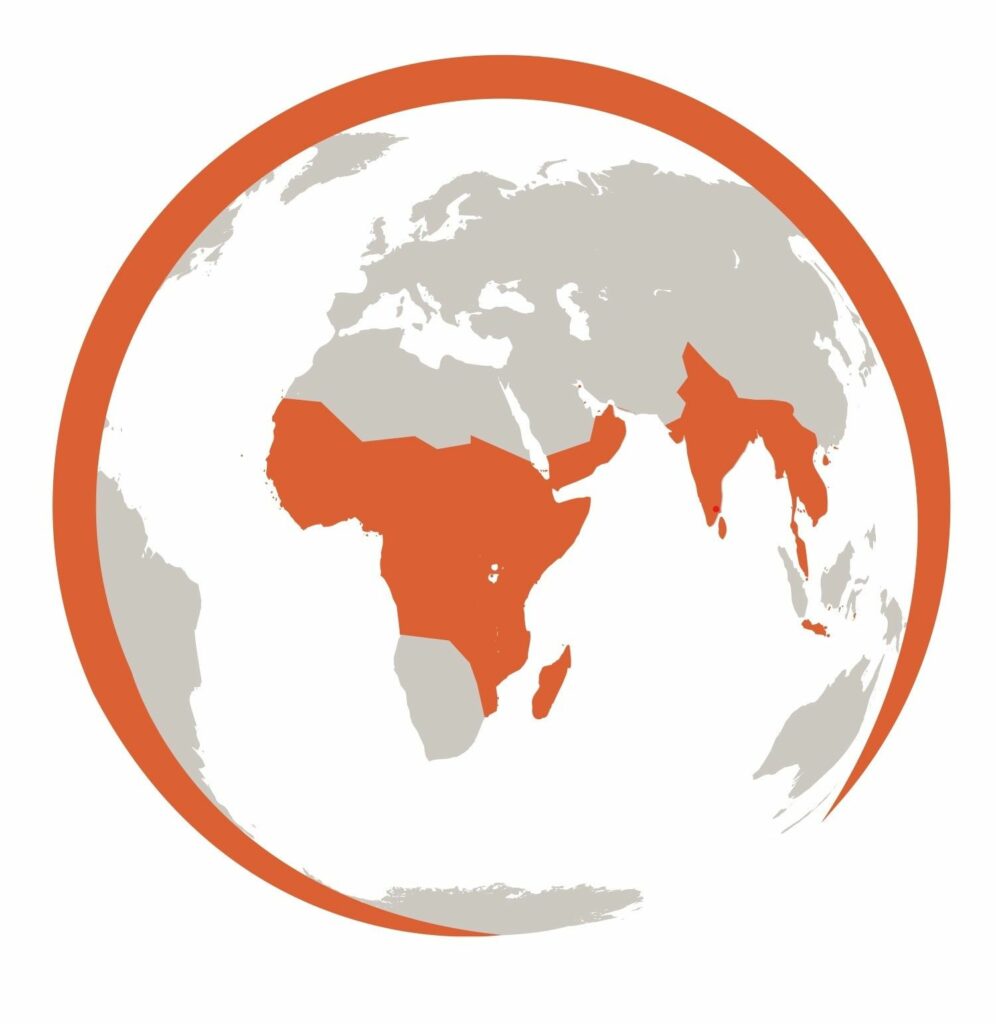Funders
Unitaid/ PATH/ IVCC
Location
Mozambique
Dates
2020-2022

Substantial progress has been made in malaria control over the past two decades, largely through the distribution of insecticidal treated nets (ITN). However, insecticide resistance to standard pyrethroid nets threatens our ability to make further gains. Nets with new active ingredients are poised to reduce malaria transmission further, but first, strong evidence of their public health value was needed.
PATH, under the UNITAID-funded New Nets Project led by IVCC, commissioned Tropical Health to oversee and implement observational study activities in Mozambique to assess the epidemiological and entomological impact of these new types of nets in six districts, with two more districts added during the study. The work was closely coordinated with Mozambique’s National Malaria Control Programme (NMCP) and the Mozambique National Institute of Health (INS).
Tropical Health, working closely with NMCP and INS, planned the implementation of five study components. A baseline, midline, and endline cross-sectional household survey assessed ITN ownership, access, use, and malaria prevalence. Data quality assessments at health facilities were conducted to strengthen reporting of malaria case incidence into the national health information system. Entomological monitoring assessed malaria vector biting rates, entomological inoculation rates, patterns of insecticide resistance, and household net use during overnight human landing catch activities. The study also included a qualitative component focusing on net use and risk perceptions, and a durability monitoring protocol developed by Tropical Health to monitor attrition, physical durability, and insecticidal effectiveness of the new nets.
Tropical Health delivered data-quality and entomological reports, and baseline, midline, and endline reports for the cross-sectional survey and durability monitoring components. Data were used to generate evidence for malaria programmes and their technical and financial partners to decide where and when to distribute new types of nets and standard pyrethroid nets.
Over the 24 month period, the study found that malaria parasitemia decreased significantly in children under five years old in Guro (Interceptor G2) and Changara (OlysetPlus), but not in Chemba, where standard pyrethroid ITNs were distributed. In the North study zone, similar results were observed; malaria prevalence decreased significantly in Cuamba (Interceptor G2) and Mandimba (Royal Guard) districts, but not in Gurue (standard ITNs). However, by Year 2 malaria prevalence returned to baseline levels in the North Zone districts, and in the OlysetPlus district (Changara). Reductions in malaria case incidence were also observed over two years in the new net districts. Durability monitoring results indicated an estimated median lifespan of 1.8 years for OlysetPlus and Royal Guard, and 2.5 years for Interceptor G2. Retention and physical condition of Interceptor G2 was better compared to the other products, although districts were not necessarily similar in their types of stress placed on the nets (rats; housing construction; socioeconomic profiles; etc). Entomological monitoring showed that An. gambiae and An. funestus were both actively transmitting malaria, with An. funestus more important in the North than the West zone. Transmission occurred both indoors and outdoors. Qualitative results found that households seldom had enough ITNs, but they were used frequently, including during outdoor sleeping in hotter months.
Global Fund / Nigeria National Malaria Elimination Programme
Nigeria
2023 - 2024
Sightsavers, Ghana Somubi Dwumadie (FCDO)
Ghana
2022-2023
Global Fund MOSASWA (Mozambique, South Africa and Swaziland) region
Mozambique
2022-2023
UK DFID-led South Sudan Pooled Fund; other donors have included: Australian Agency for International Development / European Union / Canadian International Development Agency / Swedish International Development and Cooperation Agency / USAID
South Sudan
2012-2020
USAID - US President's Malaria Initiative (PMI) / John Hopkins Center for Communication Programs
Tanzania
2020-2025
Unitaid/ PATH/ IVCC
Mozambique
2020-2022